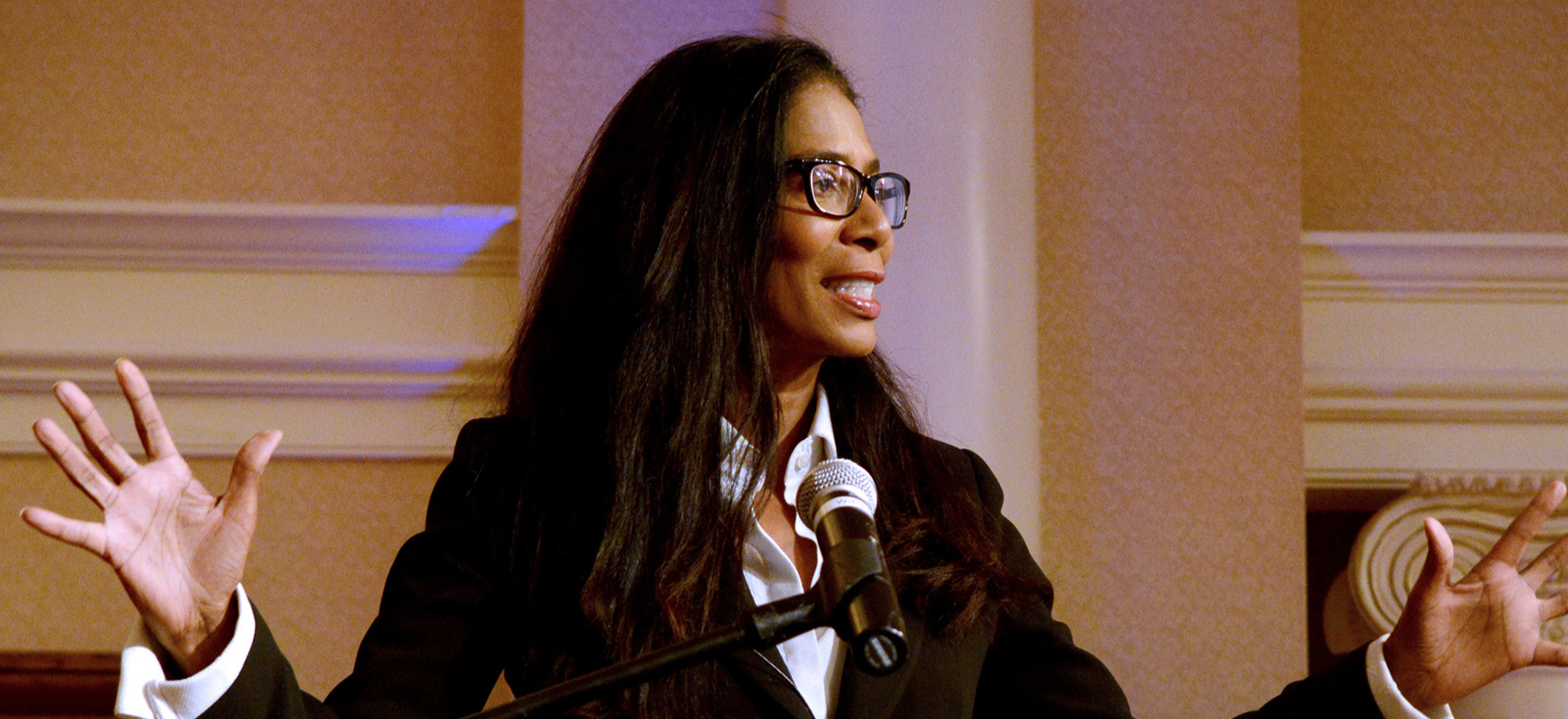Writing to Speak

Oral communication skills are integral to personal and professional success. While many aspects of script writing are similar to those used in writing for print or electronic formats, speech incorporates another domain with its own considerations.
Writing for Listeners and Readers
When writing for listeners, think about not only what you want to express but also how you can best support your ideas and claims. Because speech relies heavily on audience members’ auditory skills, listeners with little practice in these skills or who learn better through visual or experiential text may be at a disadvantage. Therefore, the speaker-writer must make a concerted effort to support listeners in other ways.
Writing for Delivery
You can write effectively for delivery by doing the following:
- Support information by including visual and audio aids to help the audience remember and understand information.
- Demonstrate information through action, such as dynamic movement or demonstrations.
- Engage your audience with vocal techniques such as gestures, inflection, changes in speed and pitch, and strategically placed pauses.
Writing with Media
While formal speeches are still featured at contemporary political, religious, and academic events, other forms of media have become alternatives to traditional public addresses. Free and readily available video platforms such as YouTube mean that more people than ever before are able to share their experiences. Also free and readily accessible for the most part, podcasts are increasingly used as a vehicle to share ideas through an oral medium. Plus, podcasts such as Serial have led to changes within the criminal justice system. Social media platforms now are filled with multimedia, including video, audio, and images, that play a more prominent role than at the time these platforms first were launched. As you develop your presentation in the next section of this chapter, consider which methods of presentation you might explore in order to harness the power of media to your benefit.
Key terms and characteristics of scripts and other oral media
- Audience: the people for and to whom a script is written.
- Body: the middle and main portion of a script, in which key ideas, evidence, and reasons are presented and elaborated.
- Citation: credit given to a source used in a writer’s research.
- Conclusion: the final portion of a script, in which the thesis and key ideas are reiterated and/or expanded to include action or additional consideration.
- Ethos: appeal to readers’/listeners’ ethics, establishing authority and credibility.
- Evidence: information, such as facts, statistics, and examples, that proves or disproves the validity of a key idea.
- Introduction: the first portion of a script, in which the author engages the audience and usually states the thesis.
- Logos: appeal to readers’/listeners’ logic, or reasoning.
- Parallelism: a rhetorical technique of using similar words, phrases, or other grammatical constructions to connect related ideas, emphasize a point, or add rhythm.
- Pathos: appeal to readers’/listeners’ emotions.
- Purpose: a writer’s reason for creating a script, often to persuade readers/listeners to agree with a viewpoint or take action.
- Reasoning: logical and sensible explanation of a concept.
- Repetition: a rhetorical technique of repeating a keyword or phrase for emphasis.
- Rhetorical appeals: methods of persuasion, including ethos, logos, and pathos.
- Rhetorical devices: ways that writers use language to convey meaning, create emphasis, and draw attention to their words and ideas. Repetition and parallelism are rhetorical devices.
- Signpost language: statements that help the audience understand where your presentation is going. Transitions are an example of signpost language.
- Topic: the subject of a script.
- Thesis: a statement indicating a writer’s/speaker’s position on the topic.
LICENSE AND ATTRIBUTION
Adapted from “Chapter 19: Scripting for the Public Forum: Writing to Speak” of Writing Guide with Handbook, 2023, used according to CC BY 4.0.

